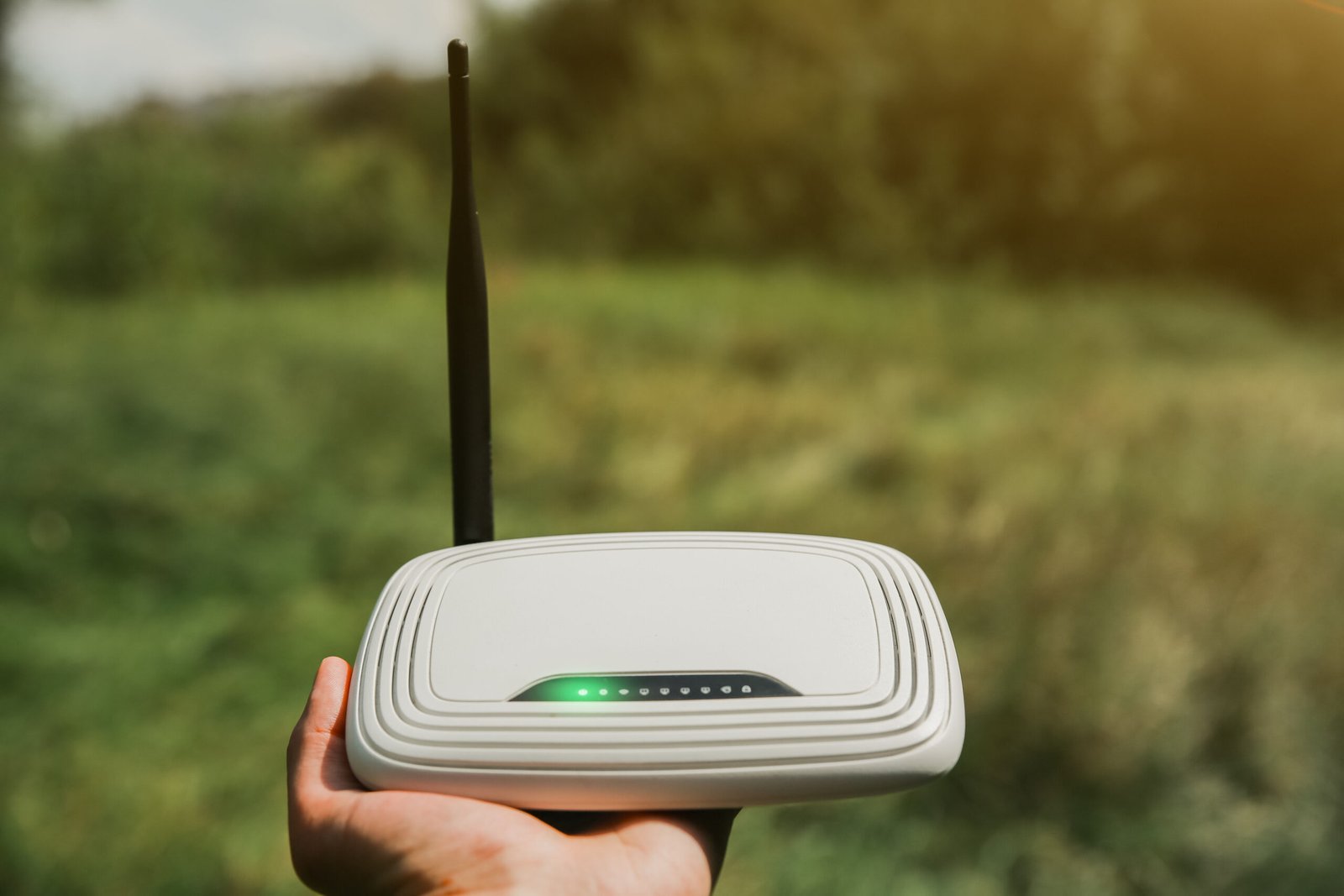In today’s hyper-connected world, Wi-Fi isn’t just a convenience—it’s mission-critical. Whether you’re a bustling coffee shop, a healthcare facility, or a 200-employee tech firm, the way your Wi-Fi network is managed directly impacts productivity, customer satisfaction, and even cybersecurity.
One of the most common decisions businesses face is whether to go with managed or unmanaged Wi-Fi. While both options provide wireless connectivity, the differences between them are significant—and can mean the difference between seamless operations and constant IT headaches.
So what exactly sets managed Wi-Fi apart from unmanaged Wi-Fi? And how do you know which is right for your business? Let’s explore the key differences that matter most.
What Is Managed Wi-Fi?
Managed Wi-Fi is a wireless network solution provided, maintained, and monitored by a third-party provider or Managed Service Provider (MSP). It typically includes hardware (access points, switches, firewalls), software, ongoing technical support, monitoring, and often analytics.
The provider handles design, deployment, monitoring, troubleshooting, and security—freeing up internal resources and ensuring optimal performance.
What Is Unmanaged Wi-Fi?
In contrast, unmanaged Wi-Fi refers to networks that a business sets up and maintains on its own. The company purchases and installs the hardware, configures the network, and is responsible for all updates, troubleshooting, and cybersecurity.
This might be acceptable for very small businesses or startups with in-house tech talent, but for larger organizations, unmanaged setups can quickly become unscalable and risky.
Key Differences Between Managed and Unmanaged Wi-Fi
Let’s break down the most important distinctions across critical areas of business operations.
1. Control vs. Convenience
- Managed Wi-Fi: Outsources control to experts, which means less direct involvement for your internal team—but more convenience. Managed services ensure configuration best practices, security, and updates are handled without your team lifting a finger.
- Unmanaged Wi-Fi: Offers full control. Your internal IT team decides how everything is set up and maintained. But that also means they bear the burden of managing updates, patches, outages, and growth.
Which wins? If control is essential and you have skilled IT staff, unmanaged may be feasible. But most growing businesses prefer the low-touch convenience of managed Wi-Fi.
2. Performance & Scalability
- Managed Wi-Fi: Managed networks are built to scale. Providers monitor performance in real-time and can easily expand coverage, upgrade firmware remotely, or optimize settings to avoid bandwidth bottlenecks.
- Unmanaged Wi-Fi: Scaling is manual and error-prone. As user demands grow, adding new access points or reconfiguring settings becomes more complex and increases the risk of performance issues.
Who wins here? Managed Wi-Fi dominates when it comes to scalability, making it ideal for multi-location businesses or rapidly growing teams.
3. Security
- Managed Wi-Fi: Comes with enterprise-grade security features—firewalls, encryption, segmentation, and automatic threat detection. Updates and patches are handled proactively, reducing your exposure to breaches.
- Unmanaged Wi-Fi: Security depends on your team’s knowledge. If software updates are missed or poor password hygiene is practiced, your network is vulnerable.
Bottom line: In an era of rising cyber threats, managed Wi-Fi provides far superior protection out of the box.
4. Cost & ROI
- Managed Wi-Fi: Often offered as a subscription model, which includes hardware, support, and monitoring. While this may seem more expensive upfront, it reduces total cost of ownership by eliminating the need for in-house expertise, minimizing downtime, and preventing costly breaches.
- Unmanaged Wi-Fi: Lower upfront cost, since you’re buying equipment and handling everything in-house. But as issues arise or expansion is needed, the costs (time, downtime, personnel) can add up.
Financial perspective? Managed Wi-Fi delivers better long-term ROI, especially for medium to large businesses.
5. Support & Maintenance
- Managed Wi-Fi: Comes with 24/7 support, proactive monitoring, and automatic maintenance. Issues are detected and resolved often before users even notice.
- Unmanaged Wi-Fi: You’re on your own. That could mean business disruptions during outages or waiting on internal staff or third-party consultants to troubleshoot problems.
Conclusion here: For organizations where downtime equals lost revenue, managed Wi-Fi is a no-brainer.
Real-World Example
Let’s say you’re running a mid-sized coworking space. Dozens of users connect to your Wi-Fi daily for video calls, file sharing, and streaming. One rogue device or slow access point can ruin their experience—and your reputation.
With managed Wi-Fi, you get real-time analytics, dynamic bandwidth allocation, and automatic alerts. Your network is optimized based on usage trends, not guesswork. Plus, if a problem occurs, your MSP fixes it—often before your tenants even notice.
Now imagine handling all of that manually. That’s unmanaged Wi-Fi.
When Unmanaged Wi-Fi Might Work
Despite its limitations, unmanaged Wi-Fi can be suitable for:
- Solo entrepreneurs
- Tiny office setups (under 5 people)
- Short-term or pop-up events
- Tech-savvy founders who want DIY control
But even in these scenarios, the lack of proactive monitoring and scalability can become a bottleneck as the business grows.
When Managed Wi-Fi Makes Sense
Managed Wi-Fi is the better choice for:
- Multi-location businesses
- Healthcare, finance, or other regulated industries
- Retail chains with high foot traffic
- Education and co-working environments
- Companies without a dedicated IT team
The peace of mind and professional-grade performance are often worth the subscription cost many times over.
Final Thoughts
The debate between managed and unmanaged Wi-Fi isn’t about which one is “better”—it’s about which one is right for your business model, resources, and future plans.
If you’re in a low-risk, tech-savvy environment, unmanaged Wi-Fi may be enough. But for most businesses looking to scale securely and efficiently, managed Wi-Fi offers the flexibility, performance, and protection needed to stay competitive.
Your Wi-Fi network is the digital backbone of your business. Choosing how it’s managed could be one of the most important tech decisions you make.
